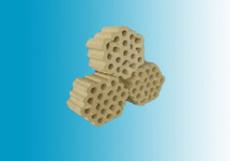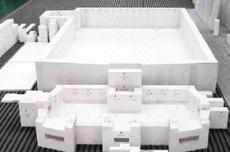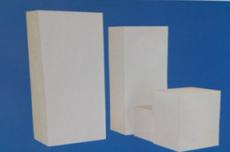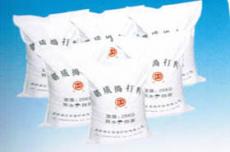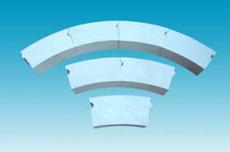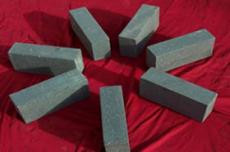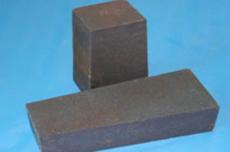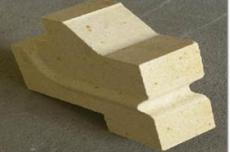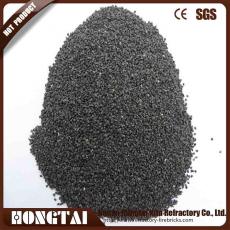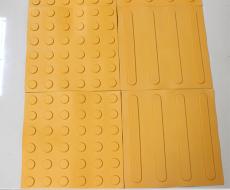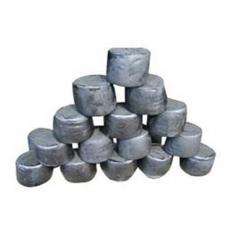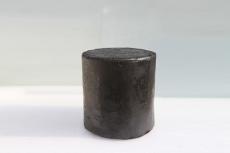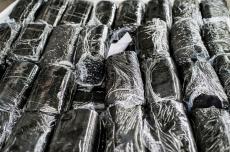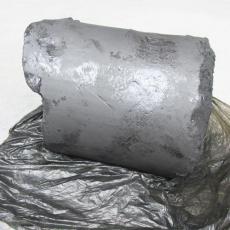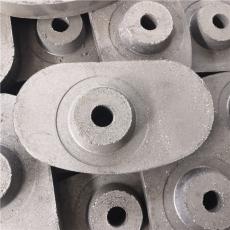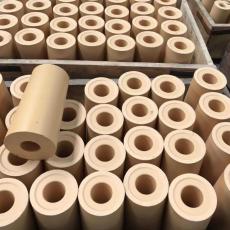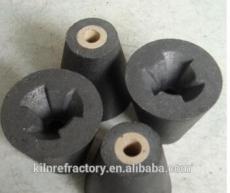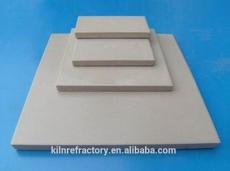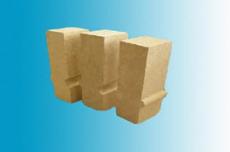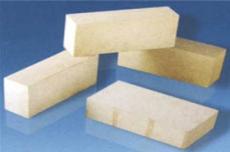
How to choose the material of combined bricks in the hearth?
Selection of materials for iron mouth combined bricks
Currently, composite brown corundum bricks or corundum-mullite bricks are commonly used in the design of iron mouth combined bricks. The ability of these two materials to resist erosion by molten iron is not ideal, and the depth of the iron mouth is unstable in production.
According to the production practice of Anshan Iron and Steel's 2580m3 and 1000m3 blast furnaces, when aluminum-carbon-silicon carbide combined bricks are used for the iron mouth, the iron mouth depth is relatively stable and easy to maintain. Therefore, it is more appropriate to choose aluminum-carbon combined bricks.
Selection of materials for tuyere combined bricks
Currently, composite brown corundum bricks or corundum-mullite bricks are commonly used in the design of tuyere combined bricks. Since the tuyere combined bricks are the part with the largest temperature difference in the furnace hearth, refractory materials with good resistance to rapid cooling and heating and slag erosion must be selected. According to foreign experience and the production practice of Anshan Iron and Steel's No. 10 blast furnace, carbon materials are better.
After the furnace adopts the carbon block-ceramic cup lining structure, the blast furnace smelting law has undergone significant changes, mainly manifested in:
(1) The temperature gradient of the furnace refractory lining layer has changed significantly, and the temperature gradient of the furnace lining close to the slag iron surface has increased. Half a year after the furnace was opened, the temperature of the ceramic cup layer and the carbon block contact surface is normally in the range of 800~950℃. If it is lower than 750℃ (a difference of more than 100℃), it indicates that the furnace wall is thick.
(2) The physical heat of molten iron is increased. For blast furnaces of the same volume, under the condition that the Si content of pig iron is not much different, the molten iron temperature with and without ceramic cups is increased by 18-21℃.
(3) Under normal production conditions, when the silicon content of pig iron is about 0.35%, it is equivalent to the physical heat level of blast furnace without ceramic cup layer when the silicon content of pig iron is 0.50%~0.55%. Therefore, the silicon content of pig iron can be reduced by 0.15%-0.20%, and the coke ratio is reduced by 6~8kg/t on average.
(4) After the furnace temperature is increased, the fluidity of the slag iron is improved, and the adaptability of the furnace condition to changes in external conditions is improved.
(5) When the furnace temperature is continuously (2~3 times) lower than the lower limit specified by the thermal system, the slag iron can still flow normally.
(6) When the first iron is discharged after a long period of wind stop (more than 8 hours of wind stop), the physical heat of the slag iron is increased, the fluidity is improved, and the iron mouth is easy to be exposed.
(7) When the furnace temperature is high for a long time (Si is in the range of 0.5%~1.0%) and the sulfur content is low, the furnace wall is prone to thickening, and attention should be paid to prevention.
